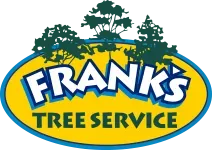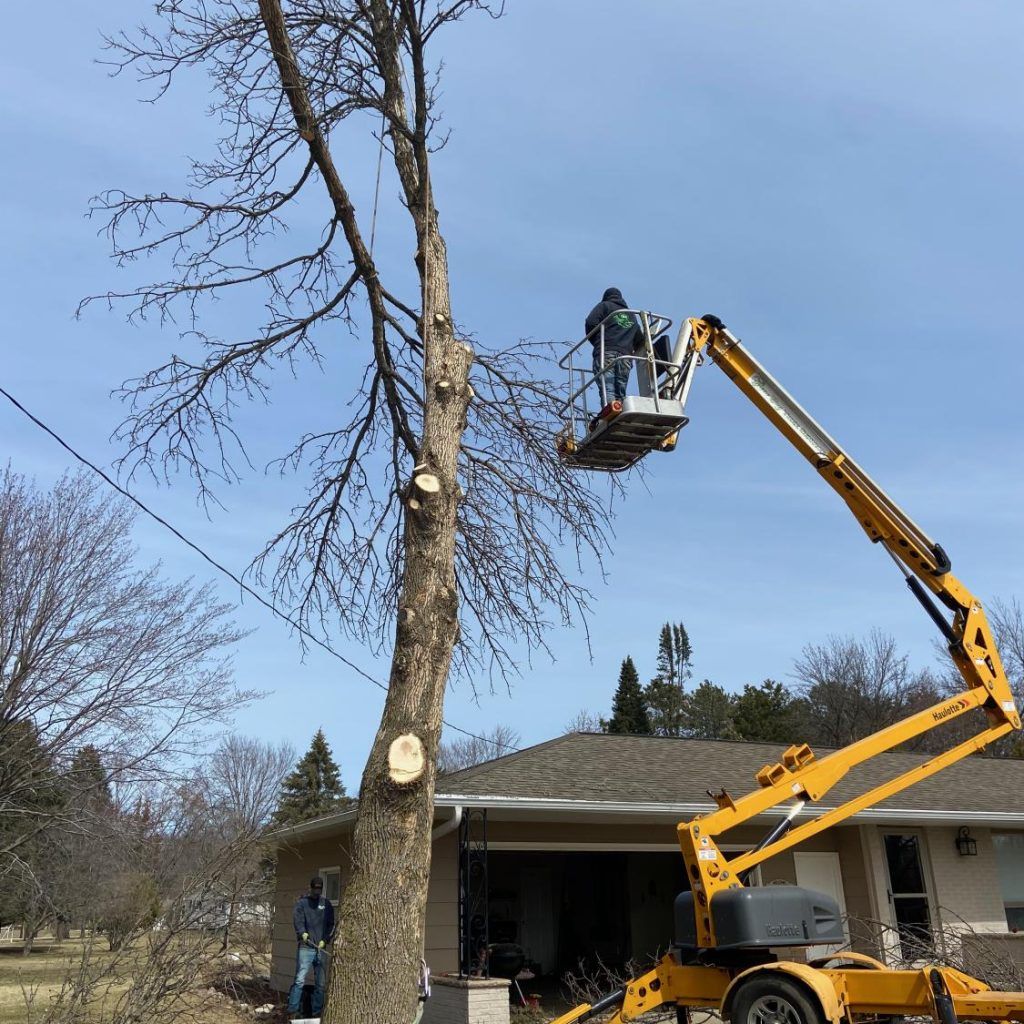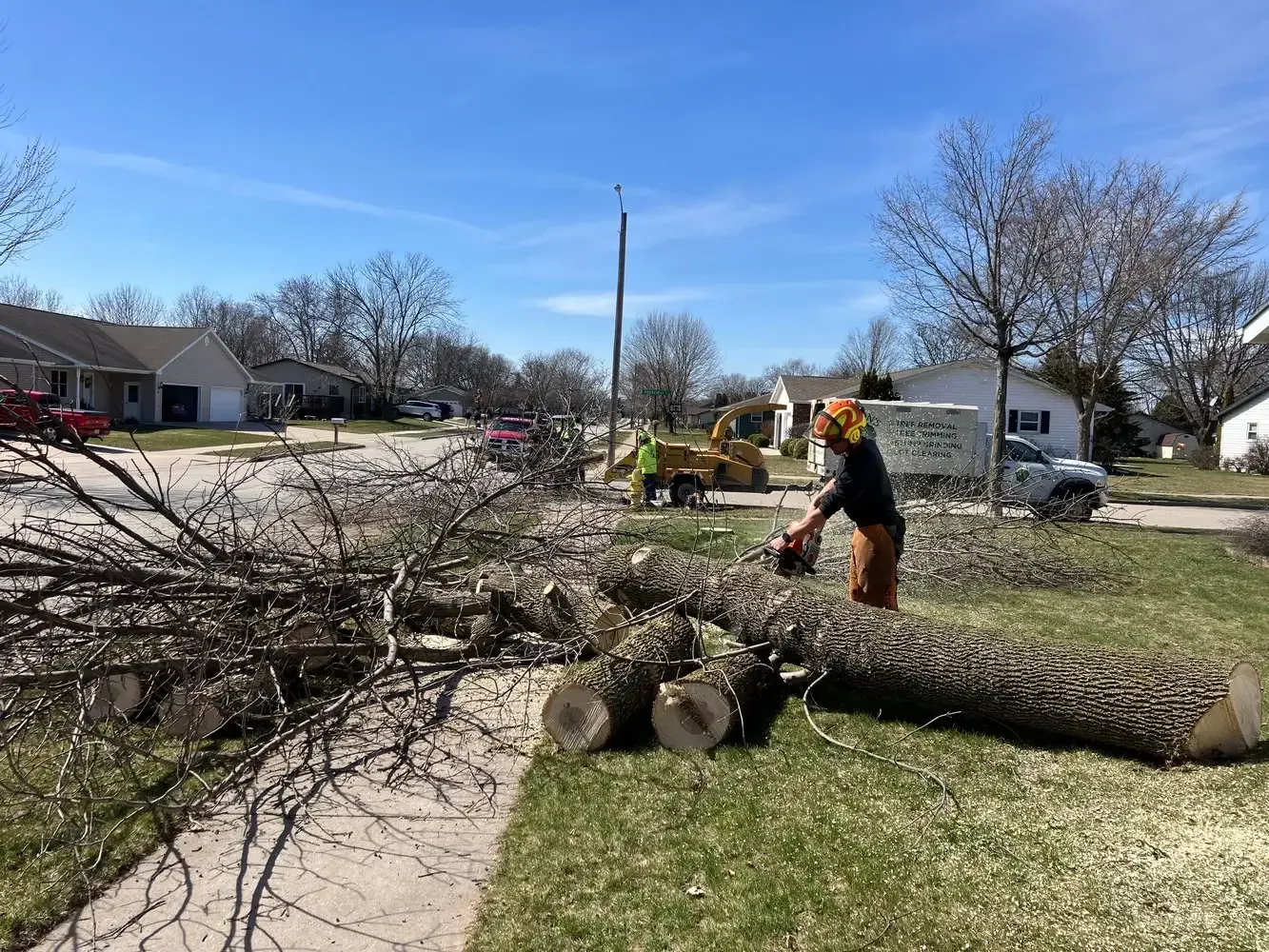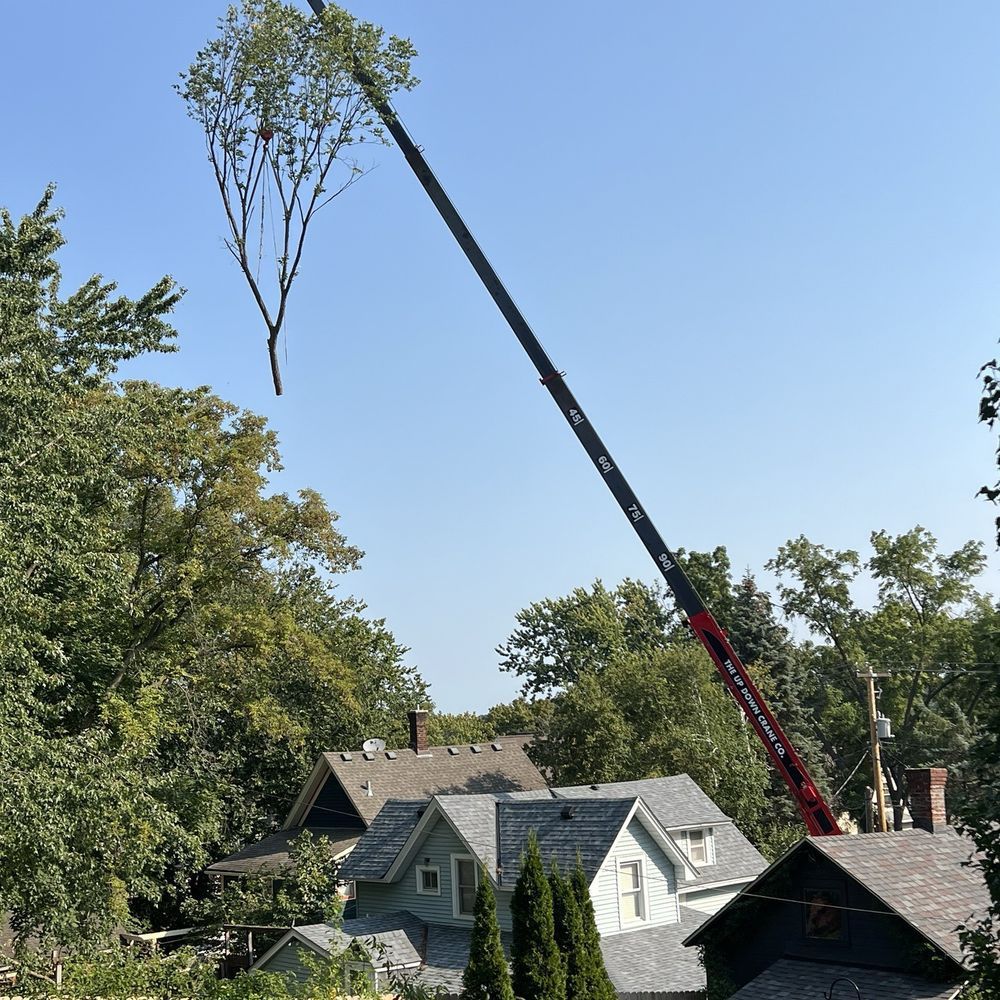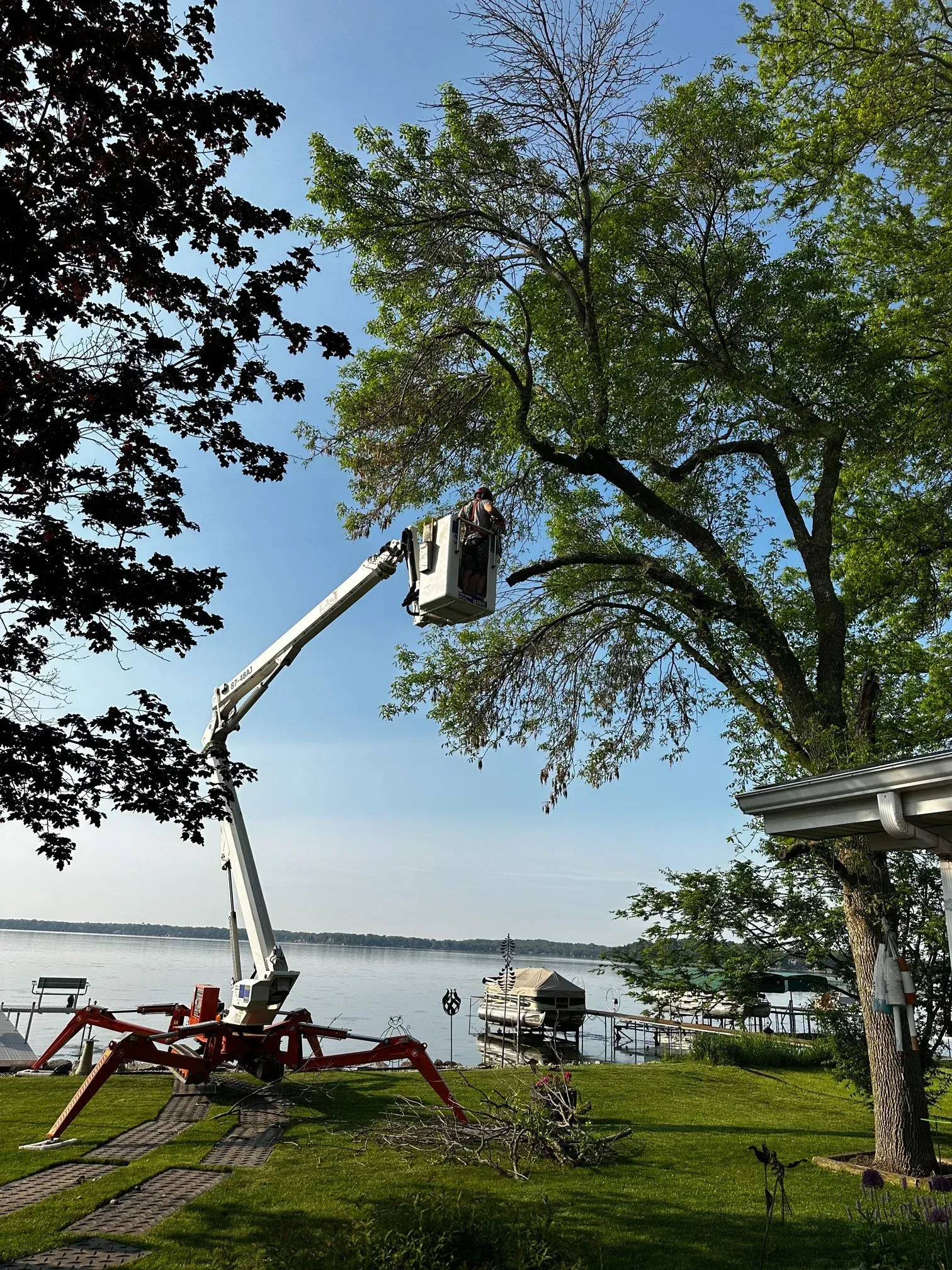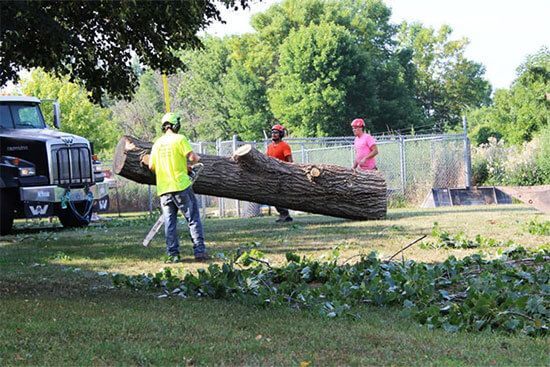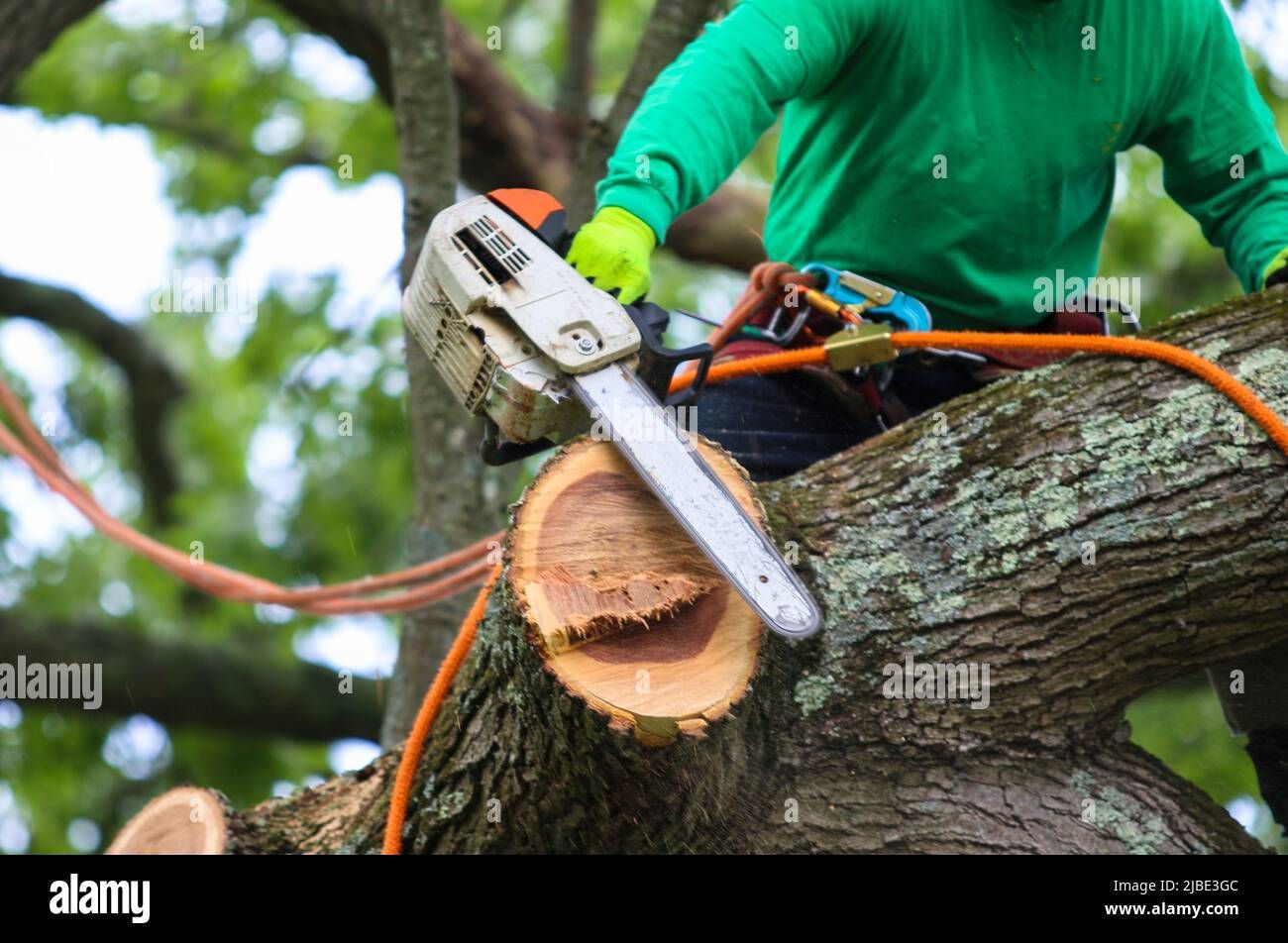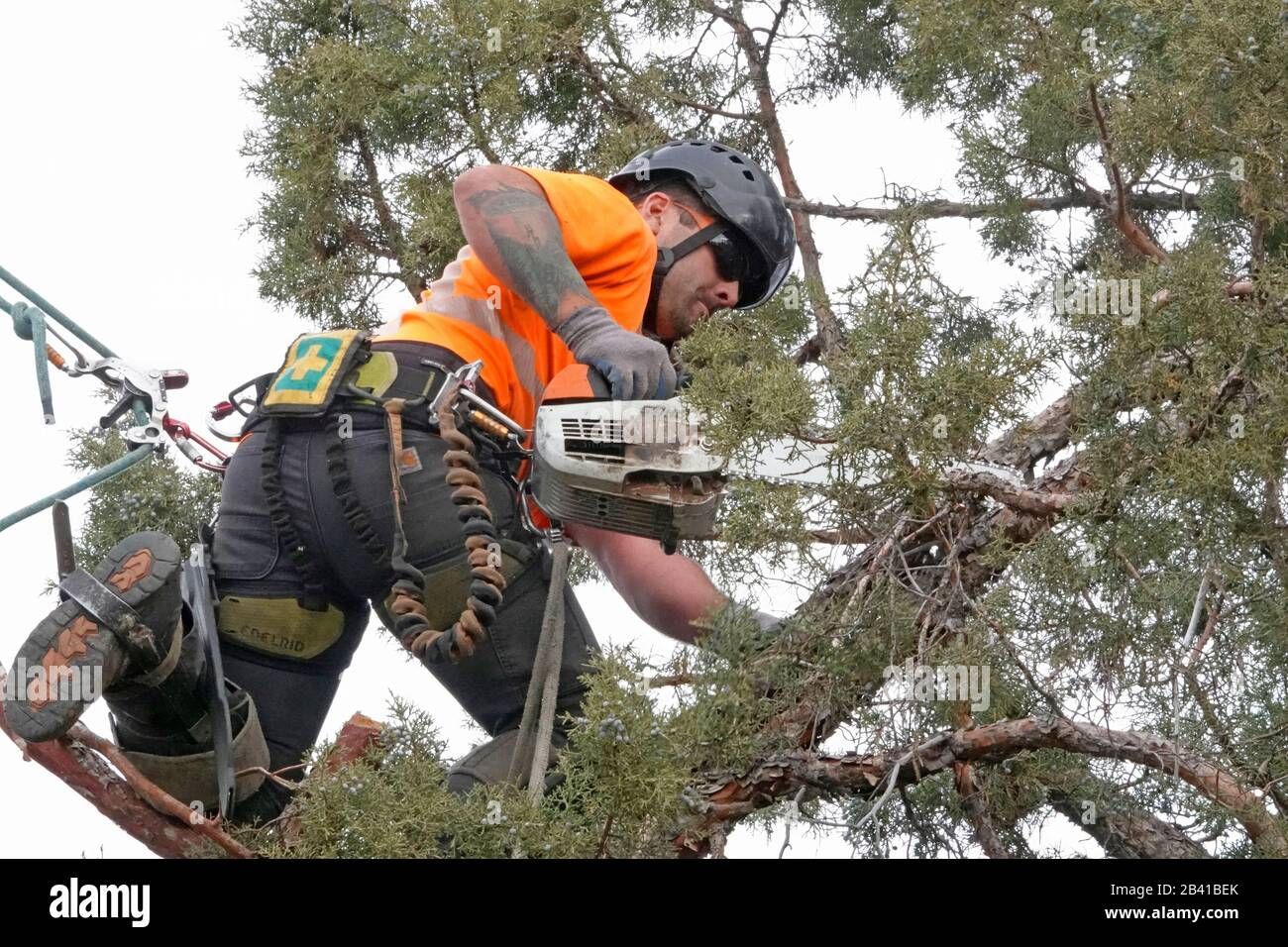Post‑Storm Tree Care in Cedar Rapids & Iowa City
Post‑Storm Tree Care in Cedar Rapids & Iowa City
When powerful storms strike Eastern Iowa—as they often do—residents of Cedar Rapids and Iowa City know the impact can be devastating. From heavy winds and hail to ice-laden branches and downed trees, storm damage poses serious risks to your home, safety, and landscape. Proper post-storm tree care is not just about cleaning up debris—it’s about evaluating long-term tree health, making smart decisions about removal vs. recovery, and navigating insurance and local regulations with confidence.
At Frank’s Tree Service, we’ve served our community for over a decade, helping homeowners and businesses rebound quickly and safely from severe weather events, including the historic 2020 derecho. This guide offers expert-backed strategies for inspecting storm damage, protecting your property, and restoring your trees with care and precision.
🌬️ 1. Inspecting Damage After Wind, Hail, and Heavy Snow/Ice
Storms in Iowa frequently bring wind speeds over 60 mph, along with hail, lightning, and freezing rain. All can cause different types of damage to your trees:
What to Look For:
- Broken or hanging limbs: especially large branches over roofs, sidewalks, or vehicles.
- Split trunks: a serious structural concern that often warrants removal.
- Uprooted or leaning trees: roots may be damaged or exposed.
- Cracks in major limbs: internal damage isn't always visible.
- Wounds or bark loss: caused by flying debris or large hail.
- Canopy loss: defoliation or snapped limbs can stress the tree's health.
Safety Tip:
Always inspect from a distance—especially near power lines or visibly unstable trees. If a tree appears to be an immediate hazard, call a professional immediately. Frank’s Tree Service offers 24/7 emergency response for storm-damaged trees in Cedar Rapids and Iowa City.
✂️ 2. Prune or Remove? How to Decide
One of the biggest questions homeowners face post-storm is whether to prune a damaged tree or remove it entirely.
When to Prune:
- The tree is still structurally sound (trunk is intact).
- Only minor limbs are broken or cracked.
- The root system is stable, and the tree is not leaning.
- Less than 25% of the canopy is damaged.
Pruning Guidelines:
Use clean, angled cuts just outside the branch collar. Remove damaged, dead, or hanging limbs first. Avoid “topping” trees, which can cause long-term health issues and weak regrowth.
When to Remove:
- The trunk is split or hollowed.
- The tree is significantly leaning or uprooted.
- Over 50% of the canopy is gone.
- Major limbs are broken at the core.
- It threatens buildings, utilities, or walkways.
Pro Tip:
Consult a certified arborist before making final decisions. At Frank’s Tree Service, we assess structural integrity and long-term recovery potential before recommending removal. We also help homeowners explore cabling or bracing as alternatives when applicable.
🌳 3. Preventive Measures & Tree Bracing
The best storm recovery starts before the next one hits. Tree maintenance isn’t just for aesthetics—it’s essential for safety and long-term health.
Preventive Care Checklist:
- Annual pruning to remove weak, overextended, or dead limbs.
- Crown thinning to reduce wind resistance.
- Root inspections and fertilization to keep trees anchored and healthy.
- Soil management to support drainage and root depth.
- Planting storm-resistant species, like white oak or honey locust, instead of brittle varieties like silver maple or cottonwood.
Tree Cabling & Bracing
In some cases, tree bracing or cabling can save a structurally weakened tree by adding internal support. This is especially useful for:
- Mature trees with heavy canopies
- Multi-stemmed trees with weak junctions
- Historic or sentimental trees you want to preserve
Frank’s Tree Service installs high-grade bracing systems following ANSI A300 standards and conducts regular evaluations to ensure your trees remain safe through storm season.
📝 4. Insurance Claims & Local Storm Regulations
Tree Damage & Homeowners Insurance:
If a tree falls on your home, garage, fence, or other insured structure, most homeowners insurance policies will cover:
- Debris removal
- Structural repairs
- Tree removal services
However, if a tree falls in your yard without hitting a structure, removal costs may not be covered.
What to Document:
- Take wide and close-up photos of the damage.
- Note the time and date of the storm.
- Save weather alerts or news articles if possible.
- Call your insurance provider as soon as it’s safe.
Local Regulations in Cedar Rapids & Iowa City:
- Permit requirements may apply for removing large or heritage trees, especially near public roads or right-of-way zones.
- In Cedar Rapids, contact the Parks & Recreation Department if a tree near the street is affected.
- In Iowa City, check with the Urban Forestry Division for removal guidance or permit needs.
Frank’s Tree Service is familiar with all city and county ordinances in Linn and Johnson counties and can help streamline permit applications and code compliance.
📌 Final Tips from Frank’s Tree Service
- Don’t delay inspections. Even minor damage can worsen quickly.
- Don’t attempt large removals alone. It’s dangerous and can void insurance coverage.
- Schedule post-storm clean-up early. Arborist schedules fill fast after major weather events.
- Plan for the future. Make tree safety a year-round priority—not just after the storm.
🛠️ Need Help? Call Frank’s Tree Service
We’re proud to be Cedar Rapids and Iowa City’s trusted storm recovery team. Our certified arborists bring experience, integrity, and high-quality care to every tree—backed by proper insurance, licensing, and a deep understanding of Iowa’s unique landscape challenges.
Whether you’re dealing with a fallen oak or need help evaluating post-storm hazards, Frank’s Tree Service is here with emergency support, expert assessments, and compassionate customer service.
Frank’s Tree Service – Protecting Your Property One Tree at a Time.
For safe, reliable post-storm tree care, contact us today.
